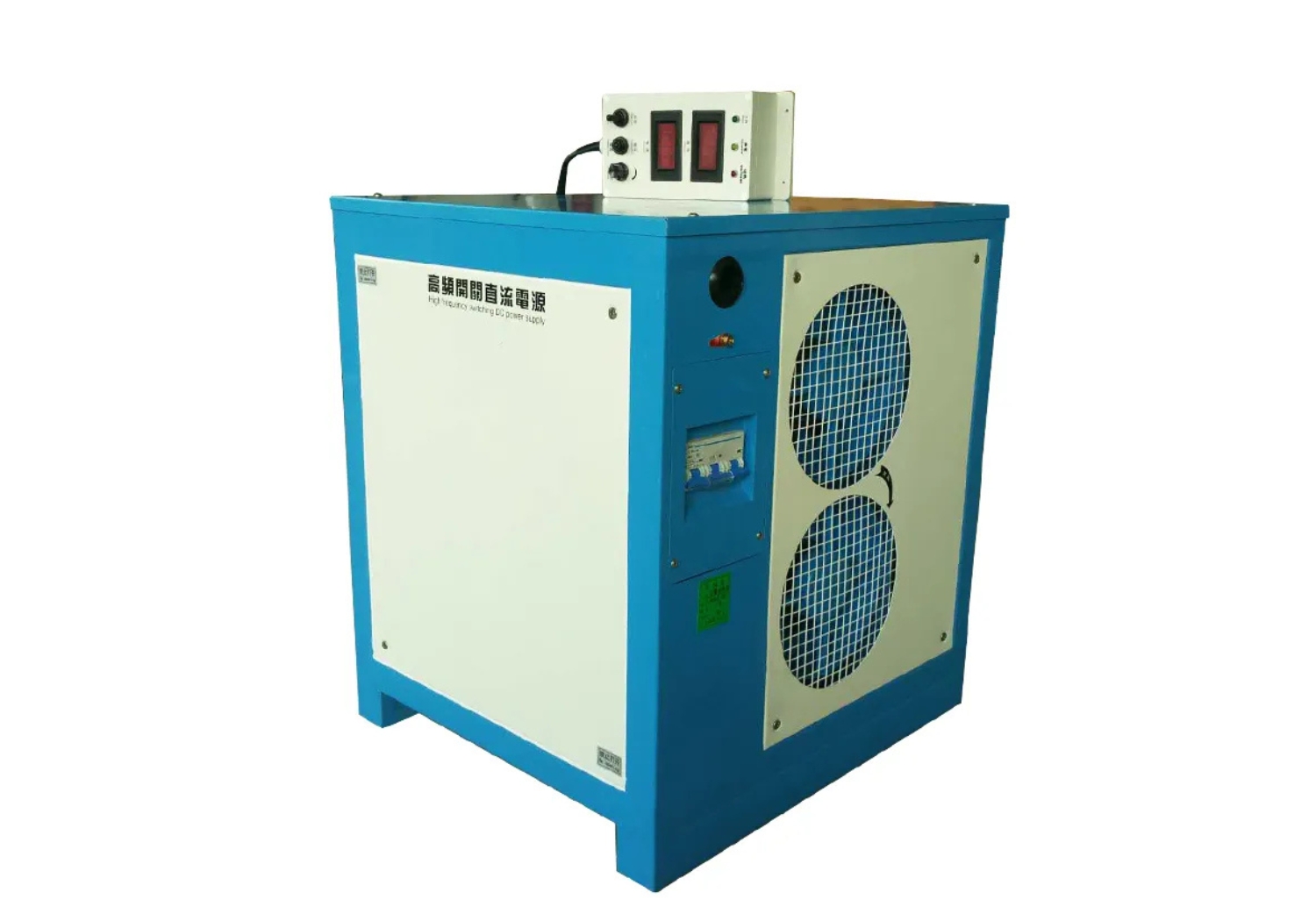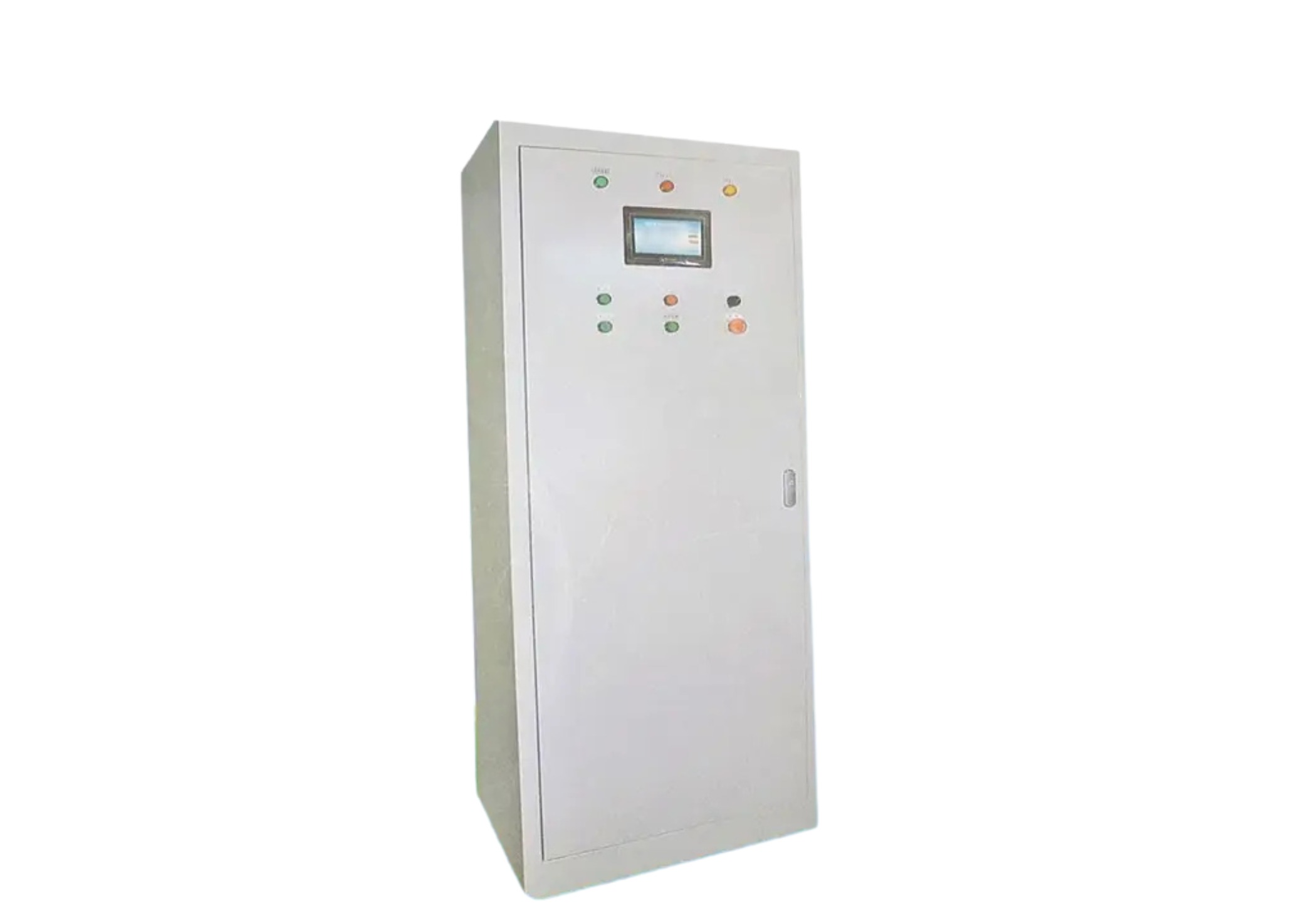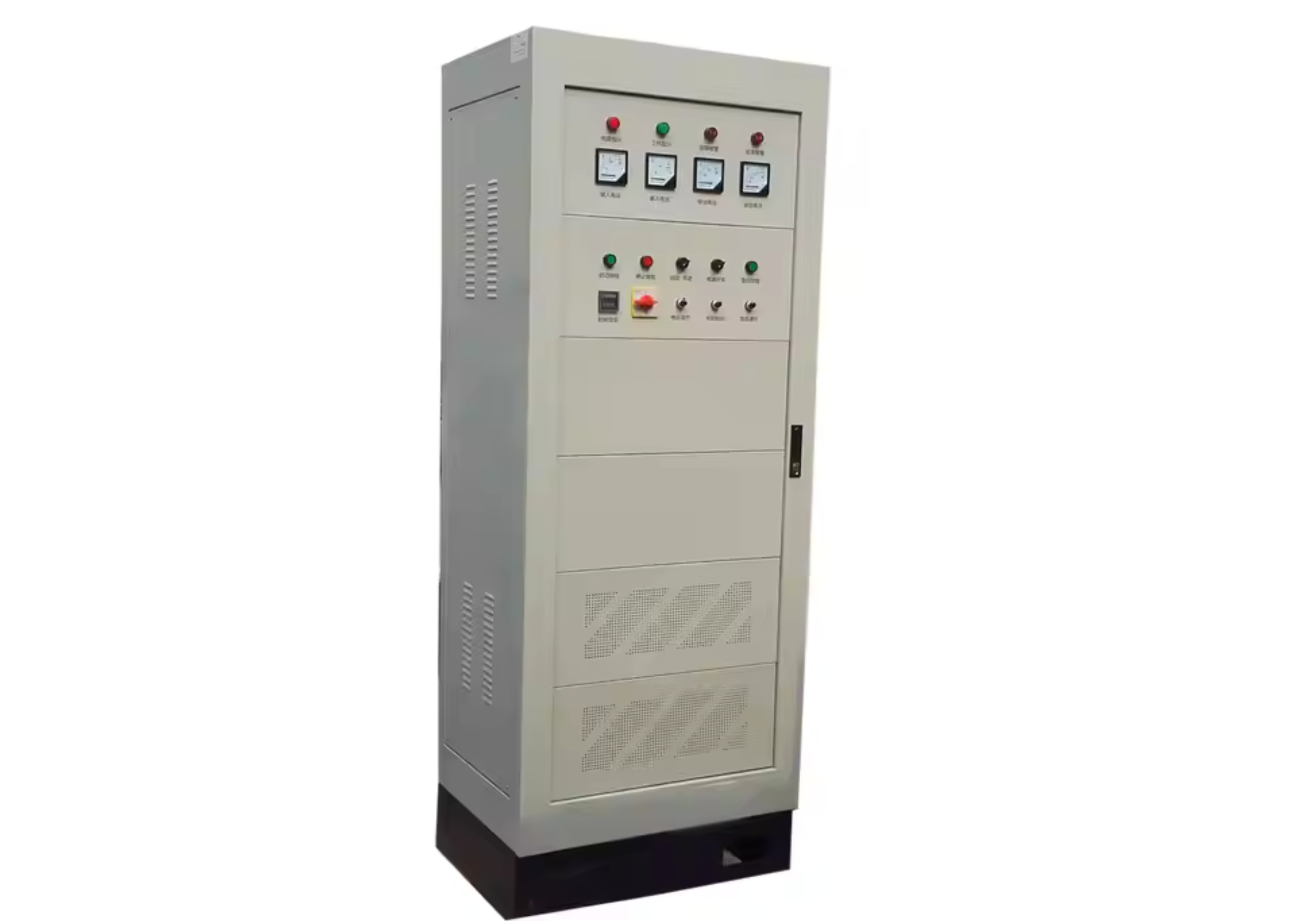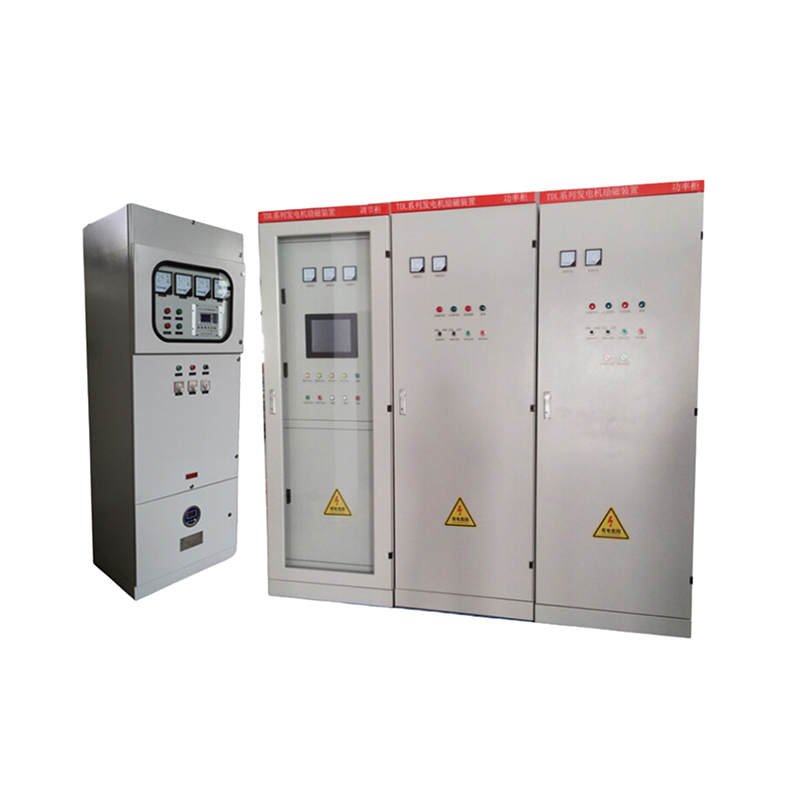Thyristor Module Replacement in UPS Systems: A Step-by-Step Guide
Thyristor modules are essential components in Uninterruptible Power Supply (UPS) systems, responsible for regulating voltage and ensuring continuous power supply during outages. These modules manage high surge current, low on-state voltage, and industrial phase control within the UPS systems. However, as these components age or fail, they must be replaced to maintain system stability. This article outlines a step-by-step guide to replacing thyristor modules in UPS systems.
1. Understanding Thyristor Modules and Their Role in UPS Systems
Thyristor modules are used in UPS systems to control the conversion of AC to DC power, ensuring efficient energy storage and distribution. The module plays a vital role in managing HVDC power systems, high surge current, and energy storage for backup power. Additionally, dual thyristor modules allow for precise regulation of voltage levels, preventing fluctuations that could damage sensitive equipment.
When a thyristor module fails, it can compromise the UPS system's ability to maintain stable voltage output, which can lead to system downtime. Replacing a faulty module ensures that the UPS system continues to function effectively, even during periods of power loss.
2. Safety Precautions Before Replacing Thyristor Modules
Before starting the replacement process, it is essential to take proper safety precautions. Begin by turning off the UPS system and disconnecting it from any power sources. This step prevents electrical shock and ensures that no current is flowing while performing the replacement.
It is also necessary to discharge any residual energy in the energy storage system. This can be done by using an energy discharge tool to safely remove any stored electrical charge from capacitors or batteries within the UPS system.
3. Disconnecting and Removing the Faulty Thyristor Module
Once safety measures are in place, the next step is to disconnect and remove the faulty thyristor module. Carefully document the wiring configuration of the old module to ensure that the new module is wired correctly. The traction semiconductor and ceramic base should also be inspected for signs of damage, such as wear or corrosion, as these may need to be replaced along with the thyristor module.
Remove the electrical connections from the old module, starting with the power connections and control lines. Carefully unmount the module and remove it from the housing. It is important to handle the module with care to avoid any damage to sensitive components.
4. Installing the New Thyristor Module
Before installing the new thyristor module, ensure that the replacement module meets the system specifications. Verify that the new module is rated for the appropriate voltage and current capacity. For systems that operate at 1600V or 6500V, the new module must be able to handle the required levels of power.
Carefully install the new dual thyristor module into the UPS system, ensuring it is securely mounted. Reconnect the power and control lines according to the documented wiring configuration from the old module. It is essential to double-check all connections and ensure that the wiring is secure and correctly aligned.
For systems that use anti-parallel thyristor modules, it is essential to ensure that the new module is installed in the correct orientation to maintain proper operation.
5. Testing the UPS System After Installation
Once the new thyristor module is installed, perform a series of tests to ensure that the system is functioning correctly. Begin by re-energizing the UPS system and checking the system’s response to different load conditions. Look for any abnormal behavior, such as unusual heat buildup or irregular power distribution.
Test the HVDC connections and ensure that the system is properly regulating voltage and maintaining power flow. Verify that the industrial phase control is correctly regulating the current and voltage, ensuring stable operation. If the system passes all tests and no issues are detected, the new module is functioning as expected.
Finally, run a diagnostic test on the entire UPS system to verify that the high surge current handling and other operational parameters are within safe limits. If the system passes the diagnostic tests without issues, the replacement is complete, and the UPS system is ready to be put back into service.






